I have a raccoon problem. I used to think it was a single, problematic raccoon, but I was wrong. Now, I am pretty sure it is an entire family of raccoons, and I know where they came from.
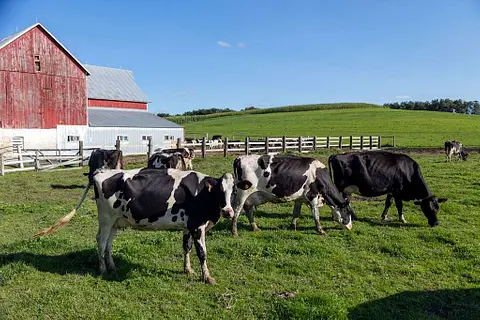
My neighborhood consists of two hundred and twenty-five residences built upon rolling land previously used as a dairy farm. When my wife and I decided to build our new house here, two hundred and twenty of those residences did not exist. We had nearly the entirety of the old farmland from which to select a lot. The gently sloping lot we chose backed up to an ancient forest. While examining the lot, I ventured into the forest and discovered a spring with water silently seeping to the surface before flowing down a hill. I followed the tiny stream, pushing through the brambles and the brush along what had turned into a shallow ditch formed by ages of water draining down the hill. I came to a place where the land dropped severely in elevation, and I had to climb down the steep slope by hanging on to trees, one at a time, until the land flattened.
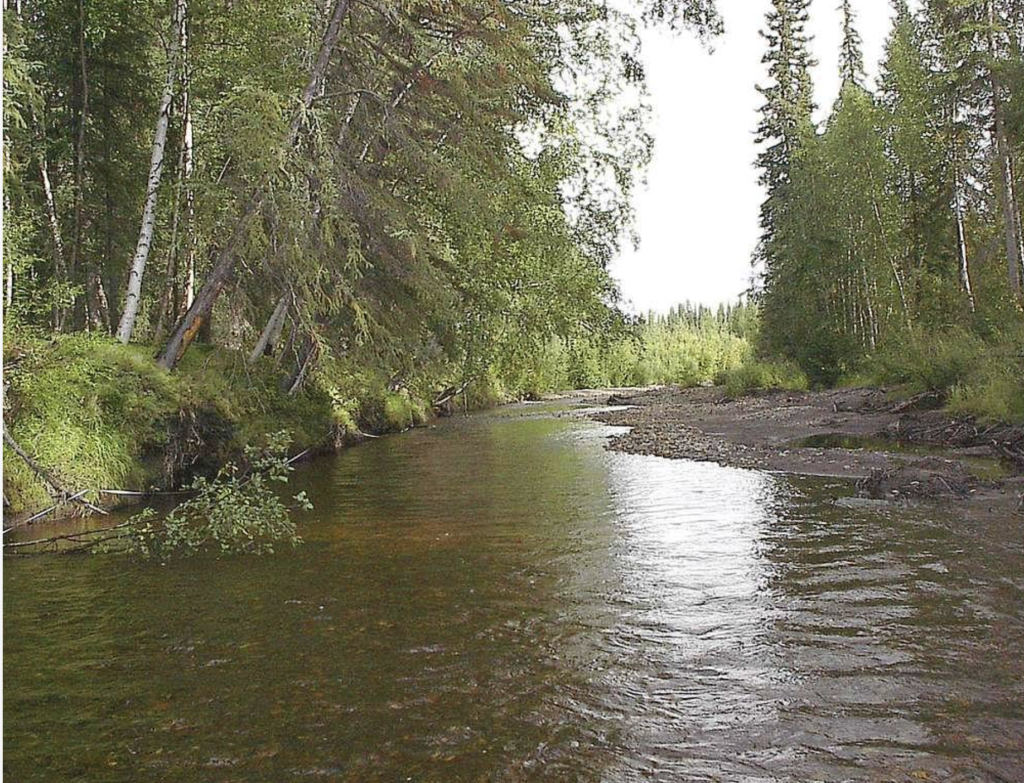
The forest cleared momentarily as I followed the stream of water before coming to another stand of trees. About fifty yards beyond the trees was a small river. I learned later that the river actually had a name that ended in “Creek.” Even after I learned the name, I never thought of it as a creek. The creek, no matter how large or small, was a source of life – as I was soon to discover.
The house was built on that lot, which was at the edge of the drainage area, not far from the creek. No sooner had we moved in than wildlife began to appear. Among the first surprising visitors were several large, piliated woodpeckers. There were scores of other birds as well, but the woodpeckers were special. More than once, a family of three would land on our deck railing. The two adults would gather food and take turns feeding the youngster.
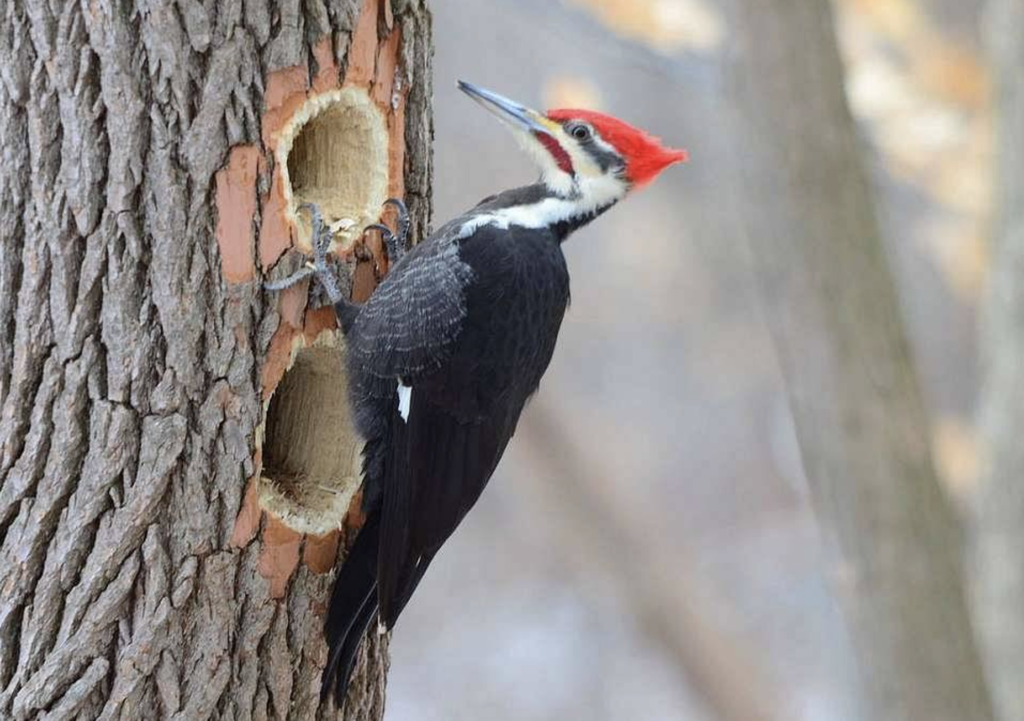
Squirrels, rabbits, mice, moles, snakes, opossums, foxes, deer, coyotes, and the ubiquitous raccoons all visited frequently. As house-building activity went on around us, the fox and deer visits slowed and then stopped. The piliated woodpeckers came less regularly as civilization infringed upon the once-serene habitat. The raccoons, however, thrived. They destroyed my garden, climbed on top of my barbeque grill, and pooped on my deck.
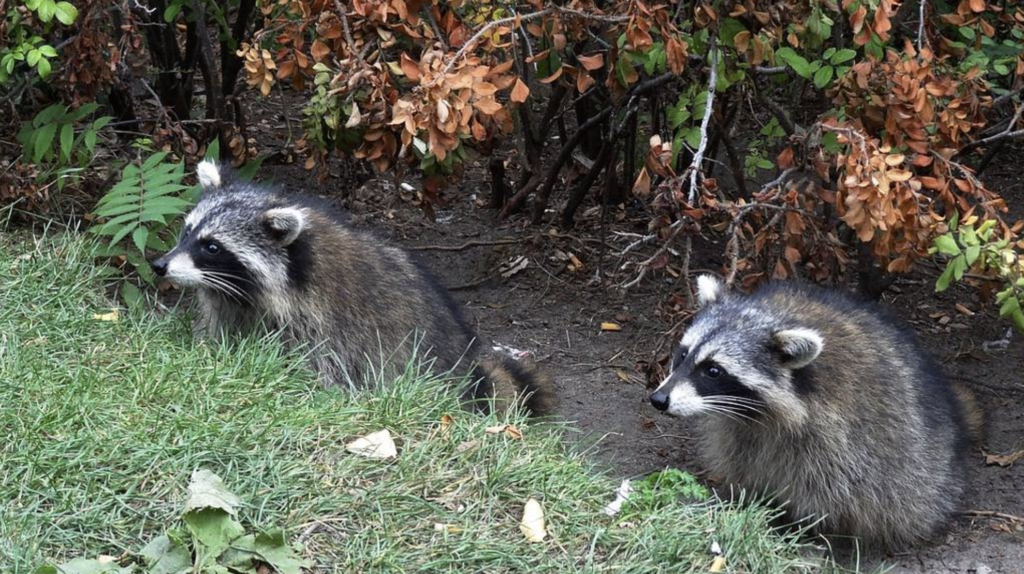
I tell this story because the experience made me consider the extent to which population growth in urban areas has erased not only habitat but also history.
The indigenous natives of North America walked across continents to arrive in what we now call the United States. Eons later, the white and brown men came by water. Crossing oceans, they discovered a wilderness and began to explore, settle, and populate. Lakes were crossed, and small villages rose on the shores. They pushed on. Traveling along a waterway was easier than hacking a way through dense forestation. A raft or canoe could quickly be built and maneuvered downstream. Soon, settlements began popping up alongside the rivers. Homes were built, businesses started, and wooded areas were cleared for more settlement and farms. The settlements prospered and grew into large towns – some turned into cities.
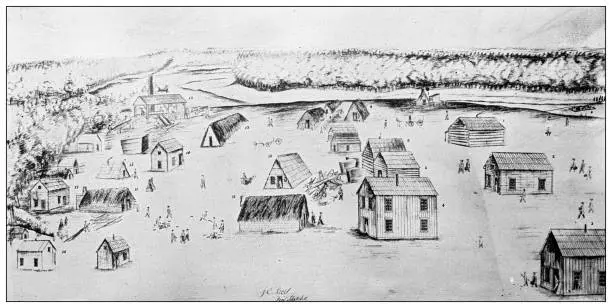
Pittsburgh, Cincinnati, Louisville, St. Louis, New Orleans, and hundreds more of these settlements arose from settlements on the banks of a river. Cities like Chicago, Cleveland, Buffalo, and Milwaukee grew next to a lake, while New York, Boston, and San Francisco built upon the seacoast. Travel by road developed early on. Walking paths became wagon trails, which became highways as a means of traveling from one place to another. Railways carved additional pathways across our country. Eventually, automobiles were cruising along Interstate highways, and airplanes were flying above the countryside, all for the same reason – to get people and products from one place to another place. We know that many – if not most of these ‘places’ formed from settlements near water.
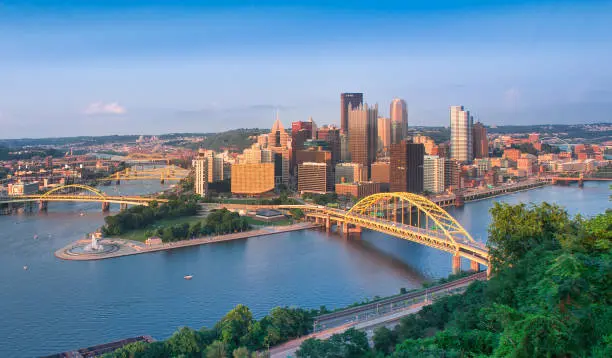
Comparing two maps – one featuring the rivers of America and the other featuring the Interstate highway system, one can see how rivers came first, then the roads and highways. The pattern is clear and not a coincidence. These rivers have channeled water along meandering paths for eons, encouraging life and discovery. Fostering settlements, growth, and progress. They are an underated and perhaps underappreciated natural resource.
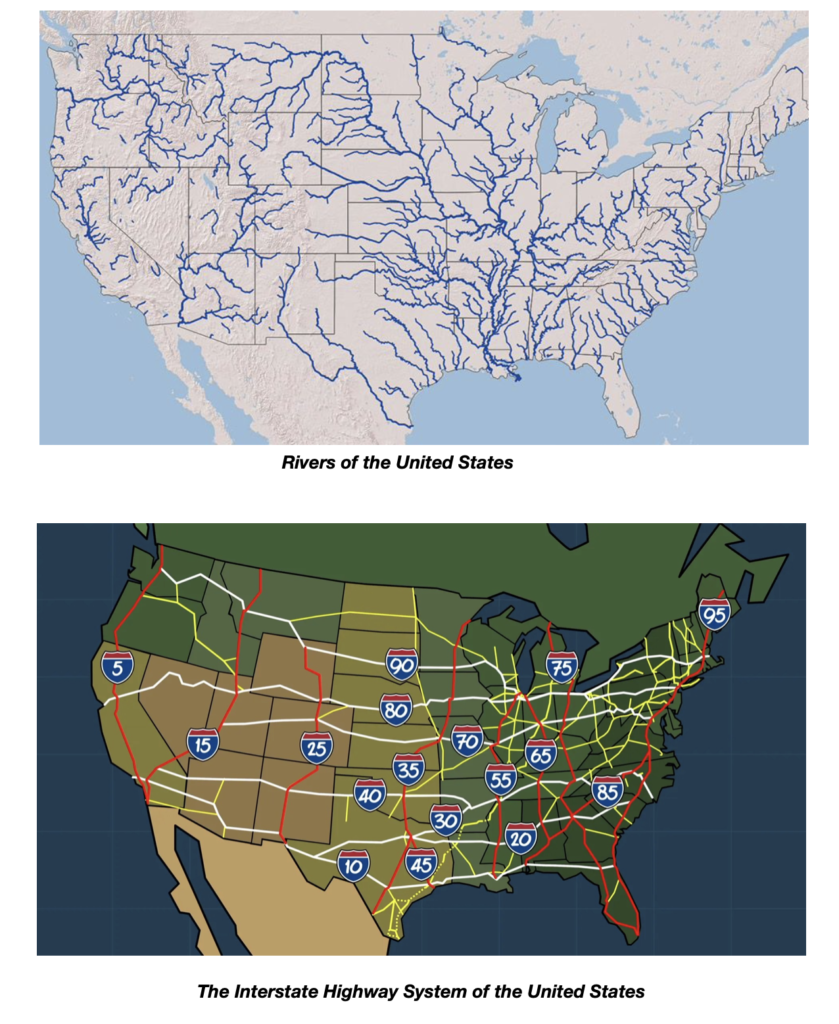
My housing development is fully built out. The city has encroached upon the countryside and the raccoons are active. Still, it is partly because of them that I took the time to reflect on a bit of our nation’s history and the important role that rivers played. I vow I won’t take that for granted.
The raccoons remain and continue with their attitude. They think they are entitled.
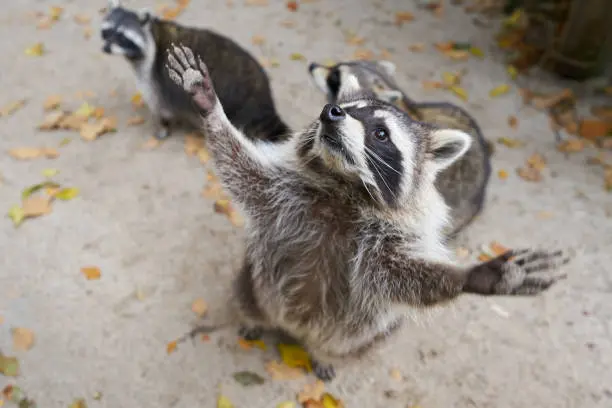
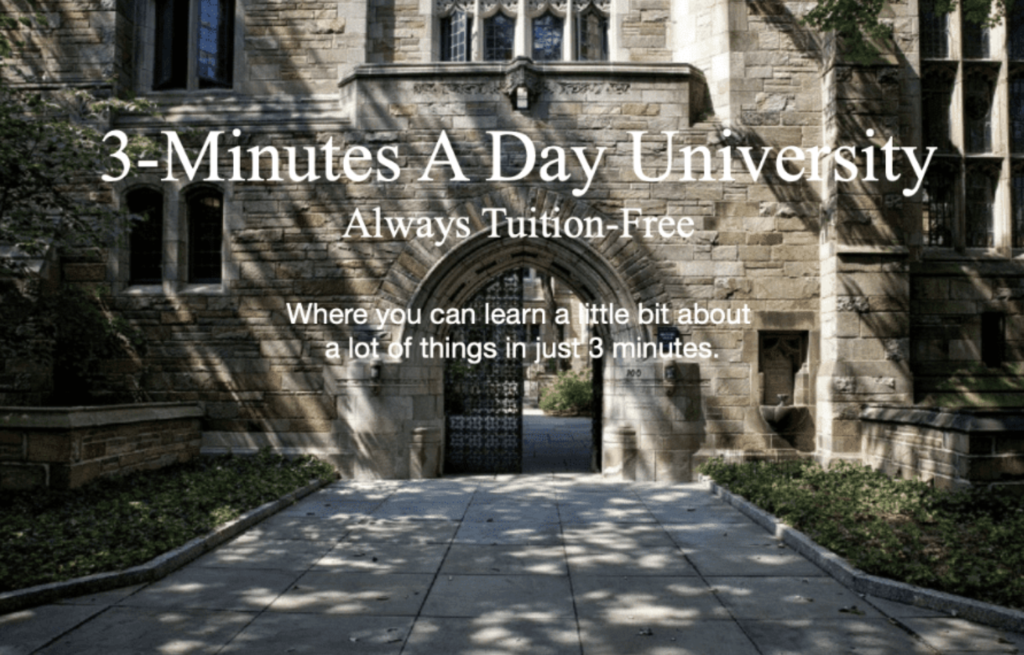
Welcome to 3-Minutes A Day University, where you can learn a little about a lot of things every day in three minutes or less. We help you expand your knowledge and understanding of the real world, and 3-MAD University is tuition-free. Our wide-ranging syllabus includes a fascinating insight into topics including Health and Medicine, Science, Sports, Geography, History, Culinary Arts, Finance and the Economy, Music and Entertainment, and dozens more. You will impress yourself, your friends, and your family with how easy it is to learn facts and perspectives about the world around you. One topic you will never find covered is politics. We hope you enjoyed the previous three minutes. If you liked this post, please pass it along to a friend.
Was this email forwarded to you? Subscribe Here.
© Copyright 2024. 3-Minutes A Day University All Rights Reserved. Unsubscribe

